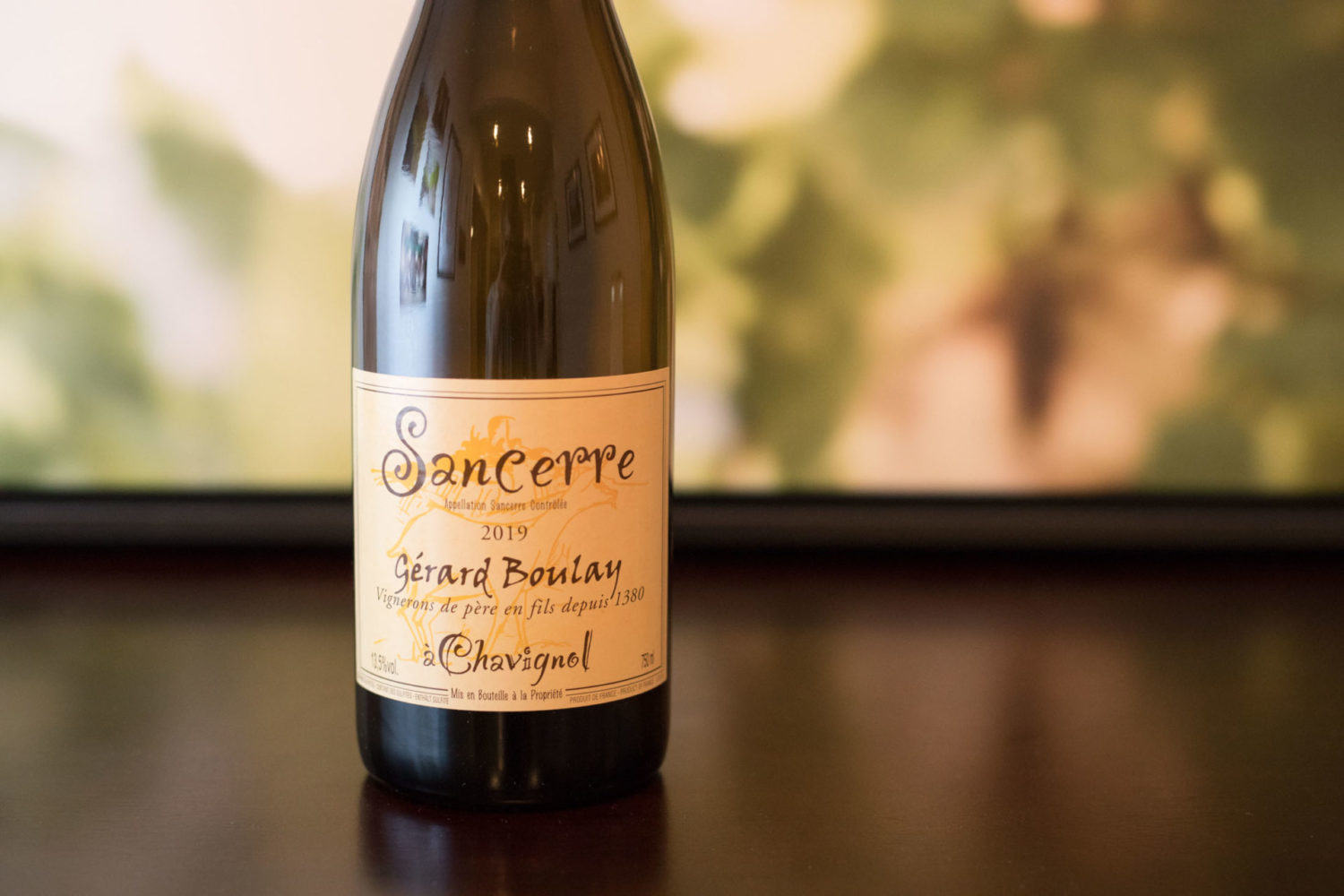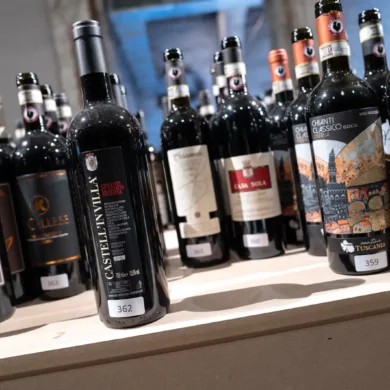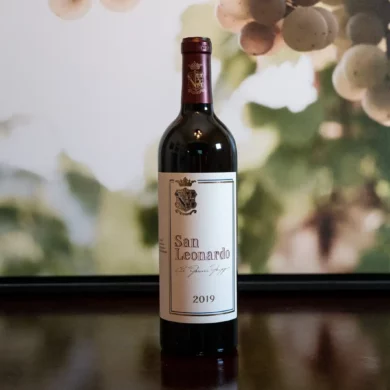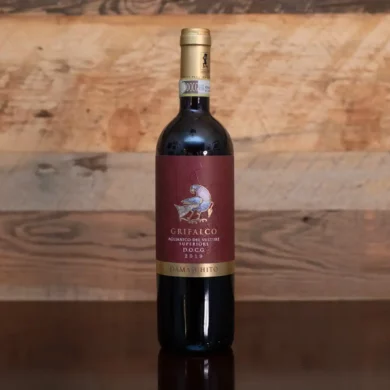I have been chipping away at a long-form First Taste Guide to Etna Rosso for — seemingly — months at this point. But one lesson learned from this deep dive is that volcanic soils triumph over grape variety all the time on the slopes of Europe’s most active volcano. Nerello Mascalese or Pinot Noir. Carricante or Chardonnay. In some form or fashion, you’ll notice the ashy fingerprints somewhere on those wines in the form of the aromas, texture, acidity or finish.
This blend of limestone and clay offers white wines the balance of opposing forces: the brightness and zip of limestone, the depth and roundness of clay.
What does this have to do with France’s Sancerre, the king of Sauvignon Blanc appellations? Well, the same principal is at play with the soils of Chavignol, a small village roughly 4 kilometers west and north a bit of Sancerre, yet fully in the appellation. Instead of volcanic, the soil is Kimmeridgian marl — far and away the most famous of the marl soils in the wine world for what it transmits in the finest wines of Chablis and Champagne. This blend of limestone and clay offers white wines the balance of opposing forces: the brightness and zip of limestone, the depth and roundness of clay.
Chablis is roughly 100 kilometers to the north and east of Chavignol and Sancerre, but it lies on the same geological band. Sensorially speaking, Chardonnay and Sauvignon Blanc may have little in common at first blush, but grow them on Kimmeridgian marl and the wavelengths start to even out.
During a recent tasting spree at home through a variety of Sancerre and Pouilly-Fumé, I was fishhooked by the lone representative from Chavignol — a 2019 young-vine blend from Gérard Boulay. It stood out for how chill it was: While the other Sancerre were like nervous task-masters, trying to go somewhere with extreme energy and a radiant smile, “À Chavignol” just wanted to chill out with a bowl of crackers and let the sun set. (Perhaps that is why I am writing about it and not the others: we could all stand to chill out more often these days).
These young vines have no business showing such purity and complexity, too, yet they did. Here was a wine to which I immediately awarded my top-tier opinion, because, well … I was just so joyful drinking it. Tropical tones in wine are nothing new, but there was a distinct recollection of papaya on this nose. And there was pyrazine and petrichor, two aromas that, personally, are like catnip for me. On the palate, “à Chavignol” wasted no space. The acidity was precise yet forthcoming with boundless but manageable momentum, and on the mid-palate, floral tones flushed out the edges. Lastly, a gift from the marl: that texture like a river stone that’s been polished by river currents for millenia. I wanted to turn it over and over again in the palm of my hand.
Entry-level Sancerre? Hardly. This was my first taste from Gérard Boulay, who is a Chavignol specialist with eight of his nine hectares located within the marly little village. I’ll be coming back for more, and perhaps this assessment of his young-vine blend will be seen in a different light. But I will remember that first-taste joy that was “à Chavignol” for a long time to come.
2019 Gérard Boulay “à Chavignol” Sancerre
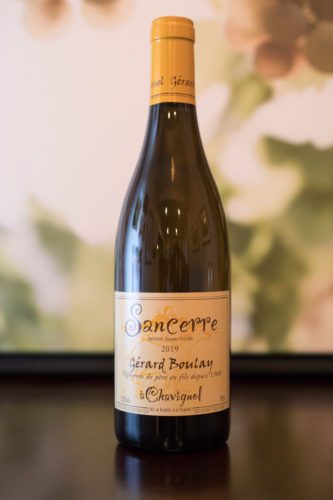 Sancerre AOC (Loire)
Sancerre AOC (Loire)
Grapes: Sauvignon Blanc (100%)
Alcohol: 13.5%
Opinion: ★★★★★ (out of five)
Food-friendliness: Highly versatile
Value: Excellent buy
A beginner might like … This is what Sancerre is all about. Put aside the many bottles that register as “just another Sauv Blanc,” this is where the village’s soil leaves an indelible mark of excellence. How can you tell? First the aromas, second the texture. I can’t tell you what this slippery, exotic and forthcoming wine will tell you, but approach it with an open mind and it will likely dazzle.
A wine obsessive might like … The balance of this wine. We often lavish praise on a wine’s freshness, or its complex aromas, it’s lasting finish. In this case, spend some time considering the whole. Nothing tips the scales in one direction more than the other because — at least to my palate — everything is working in concert. Sometimes you need a wine like this to come around and show you exactly what “balance” truly means. I was humbled by it.
Note: This wine was purchased with funds raised as a result of our Virtual Tasting series. Support independent wine writing and join in the fun with our next class.

